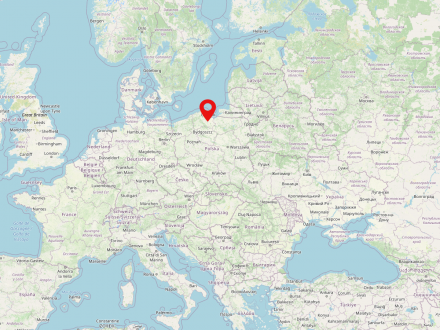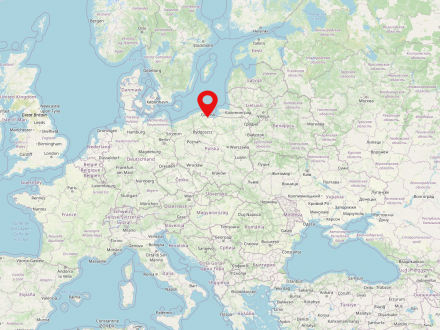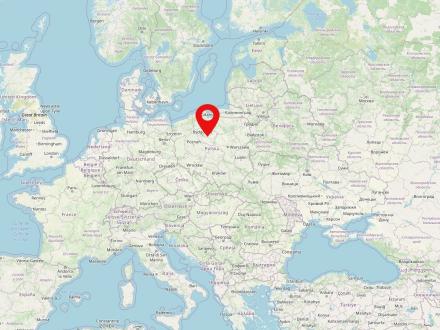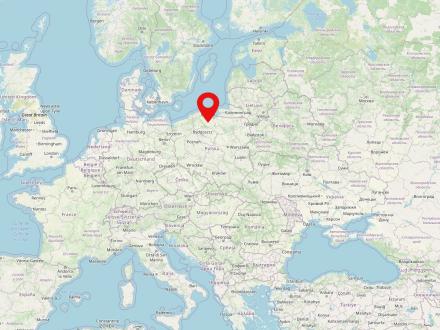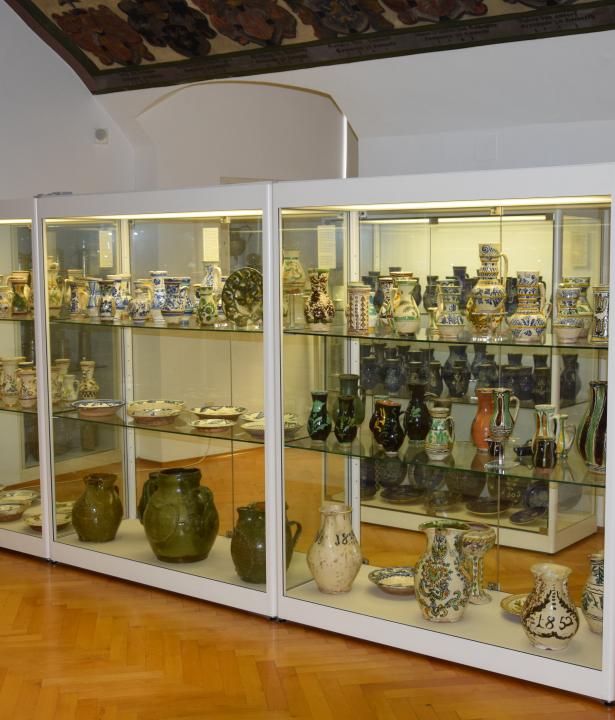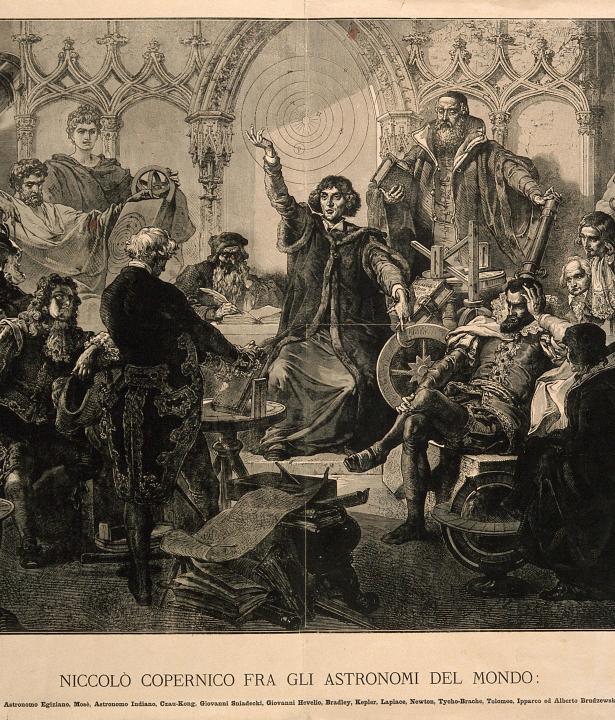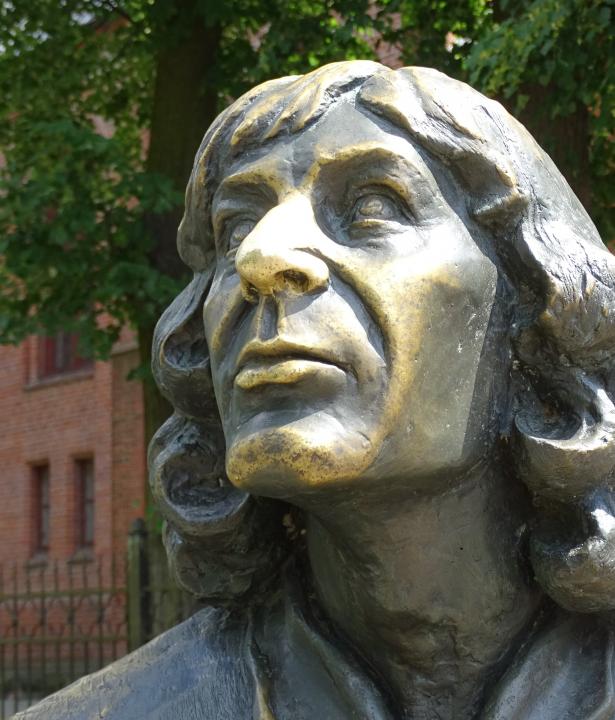West Prussia is a historical region in present-day northern Poland. The region fell to Prussia as a result of the first partition of Poland-Lithuania in 1772 and received its name from the province of the same name formed by Frederick II in 1775, which also included parts of the historical landscapes of Greater Poland, Pomerania, Pomesania and Kulmerland. The Prussian province lasted in changing borders until the early 20th century. After World War I, parts fell to the Second Polish Republic, founded in 1918. The largest cities in West Prussia include Gdansk (Polish: Gdańsk, today Pomeranian Voivodeship), Elbląg (Polish: Elbląg, today Warmia-Masuria Voivodeship), and Thorn (Polish: Toruń, today Kujawsko-Pomeranian Voivodeship).


Geographically, the collection area covers the region on both sides of the lower Vistula River with the large cities of
Gdansk is a large city on the Baltic Sea in the Polish Pomeranian Voivodeship (Pomorskie) with about 470,000 inhabitants. It is lying on the Motława River (German: Mottlau) on the Gdansk Bay.
Toruń is a Polish metropolitan and university city with almost 200,000 inhabitants and, together with Bydgoszcz (German: Bromberg), one of the two capitals of the Polish voivodeship of Kujawsko-Pomorskie (Polish: województwo kujawsko-pomorskie).
Toruń is situated in the historical landscape of the Kulmerland. Founded in the High Middle Ages under the Teutonic Order, the city joined the Hanseatic League in the 14th century. In the 15th century the city, like the rest of Kulmerland, Pomerelia or Warmia, fell to the Kingdom of Poland. In the course of the first partition of Poland-Lithuania in 1772, Toruń became part of Brandenburg-Prussia and was part of the Prussian province of West Prussia until the 20th century.
Nicolaus Copernicus (1473-1543) was born here.
Pomerelia is a historical landscape in the north of Poland. The region borders the Baltic Sea to the north, the Kujawsko-Wielkopolska regions to the south, and the Vistula River to the east. The western border is not clearly defined historically. The most important city in Pomerania is the large city of Gdansk with over 470,000 inhabitants.
Historically, there was already a voivodeship of Pomerania in the Kingdom of Poland in the 15th century. In 1772, in the course of the first partition of Poland-Lithuania, the region fell to Brandenburg-Prussia and became part of the province of West Prussia. After the First World War, parts of it came to the newly established Second Polish Republic. Gdansk and the Gdansk region were placed under the League of Nations as the Free City of Gdansk. Since 1945, the entire region has belonged to Poland.



